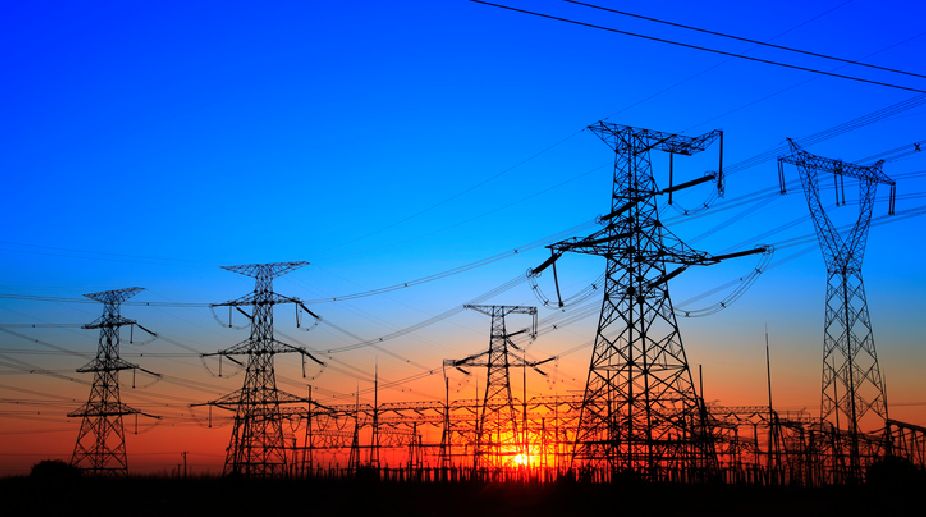Peak power demand in Delhi this winter is expected to go up to 4,300 MW and the two BSES discoms in the National Capital are gearing up to ensure that adequate electricity is available in this period, the company said on Tuesday.
A BSES release said the peak power demand in BRPL and BYPL areas had reached 1,758 MW and 982 MW respectively during last winter.
“Last year, power demand had peaked at around 4,168 MW. Besides long-term arrangements, we are also using advanced techniques like Banking and Backdown to dispose off surplus power and making arrangements to get power during summer months,” the statement said.
“In case of any unforeseeable contingency, BSES discoms will buy short term power from the exchange which is available at economical rates,” it added.
The company said that for taking care of the summer demand and to optimally manage the winter surplus, BSES discoms export and bank surplus electricity with other states.
“While BRPL is banking around 450 MW with Himachal Pradesh, 20 MW Tamil Nadu and around 50 MW with Sikkim, BYPL is banking around 240 MW with Jammu and Kashmir, Meghalaya and Jharkhand.
“To manage the peak demand, BYPL will also be receiving 50-100 MW from Uttar Pradesh between December 2017 to February 2018 to manage the morning peak demand,” a BSES official said.
To better meet present day demand, BSES said it uses a mix of in-house advanced statistical forecasting models and state-of-the-art weather forecasting solutions.
“This accurate day ahead, intraday and medium term demand forecasting is vital for optimal and cost effective power planning, ensuring reliable power supply to consumers at an optimal cost,” it said.
According to the discom, “the day ahead forecasting accuracy” achieved has been close to 97 per cent while that of intra-day accuracy upto 98 per cent.










